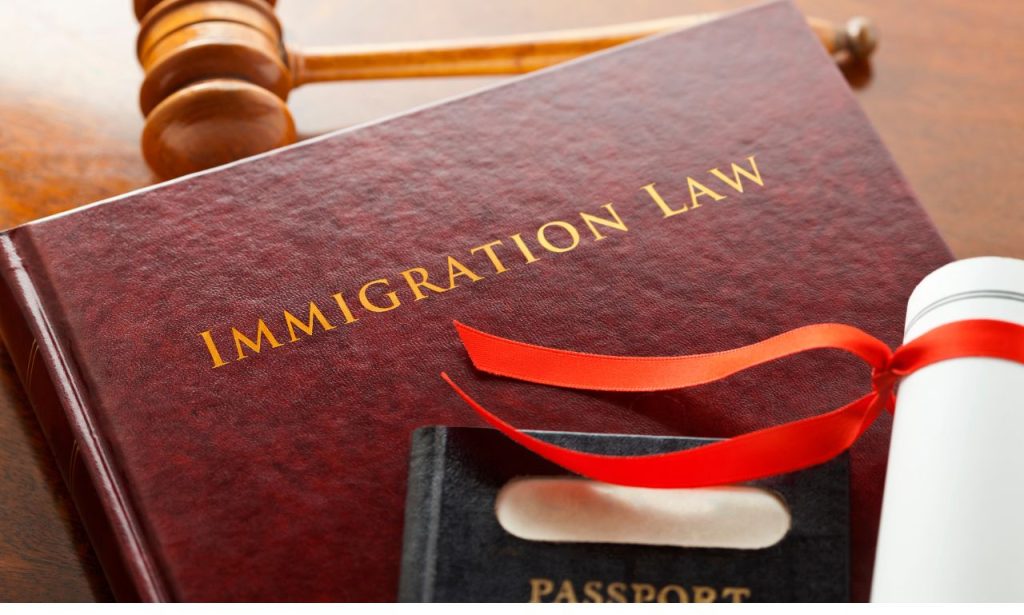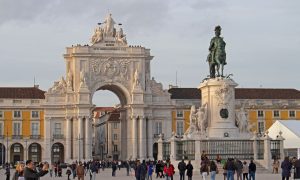Immigration is one of those hot-button issues that consistently resurfaces in global conversations. Whether it’s on the news, in politics, or even at your dinner table, the question always comes back to the same thing: how do newcomers affect the identity of the nations they enter? National identity isn’t static. It’s a living, breathing force shaped by culture, history, language, and—yes—immigration.
When we ask, “How Does Immigration Impact the Shaping of National Identity?” we’re really asking how societies redefine who belongs and what values they hold dear. Immigration is not just about borders or visas. It’s about how people see themselves as part of a bigger story. Let’s break this down piece by piece and see what’s really happening.
The Foundation of Identity
At its core, national identity is built on shared values, history, and a sense of belonging. But here’s the kicker: that foundation isn’t carved in stone. Take the United States, for instance. Its entire identity is rooted in immigration. “The land of opportunity” was built on waves of Irish, Italian, Mexican, and Asian migrants, each leaving their fingerprints on American culture.
In Europe, identity looks different. France, for example, strongly ties national identity to its language and secular values. Immigrants from North Africa have both challenged and enriched the concept of Frenchness, sparking debates on what it truly means to be French. This tension between preservation and adaptation is where the foundation of identity gets tested.
Cultural Exchange and Transformation

Culture is never a one-way street. Immigrants bring food, music, religion, and traditions that often become mainstream over time. Think about kebabs in Germany, sushi in California, or Bollywood films finding global audiences. These aren’t minor cultural tweaks; they change how people eat, celebrate, and even think.
Yet cultural exchange isn’t always smooth. Host societies can feel threatened. For example, when Turkish immigrants in Germany maintained strong ties to their cultural traditions, some locals expressed concerns about integration. However, over the decades, Turkish food, businesses, and artists have become an integral part of Germany’s urban life. This illustrates how what was once considered “foreign” becomes an essential part of the new national identity.
Shifting Demographics and the Generational Impact
Immigration changes the numbers. Demographics matter because they significantly influence politics, education, and the workplace. In Canada, over 20% of the population is foreign-born, one of the highest rates globally. That’s not just a statistic—it means that kids in classrooms grow up bilingual, multicultural, and exposed to different worldviews.
Generational impact is significant. The first generation might hold onto their traditions tightly, but their children often find a balance between both worlds. By the third generation, many immigrants have fully identified with the host country while still taking pride in their heritage. This blending of identities doesn’t dilute a nation—it expands it.
Evolving Social Expectations and Societal Conditions
Immigration prompts societies to reassess their norms and expectations. In the workplace, for example, immigrants may bring different gender roles or religious practices. Over time, these differences spark debates and, sometimes, policy changes.
For instance, Sweden has a strong welfare state. When large numbers of migrants arrived, there was public debate about how this would affect resources. However, it also prompted Sweden to refine its integration programs, enabling newcomers to enter the workforce. The result? A society that questions and adapts its values while reaffirming its core principles.
The Political and Legal Landscape
Immigration doesn’t just shape culture—it shapes laws. Countries must decide who is eligible for citizenship, what rights they have, and how integration is regulated legally. The UK’s Brexit campaign, for example, was fueled by concerns about immigration. It showed how deeply migration influences national debates about sovereignty and identity.
Laws also send messages. When Germany reformed its citizenship laws to allow children of immigrants to claim German nationality, it was more than paperwork. It was a signal: “You belong here.” Legal frameworks are, in many ways, the backbone of national identity in multicultural societies.
Political Forces and Public Discourse
Here’s where things get loud. Politicians often use immigration as a rallying cry, framing it either as a threat or as an opportunity. In the U.S., immigration debates dominate election seasons. In Italy, populist leaders frame migration as a crisis, while in Canada, leaders often highlight its economic benefits.
Public discourse reflects these tensions. Media narratives shape how the public sees immigrants—either as contributors or as outsiders. This constant debate doesn’t weaken national identity. Instead, it forces societies to ask tough questions: Who are we? Who do we want to be?
Social Dynamics and the Negotiation of Belonging
Integration doesn’t happen in parliaments or on paper. It occurs in neighborhoods, schools, and workplaces. Belonging is negotiated daily through friendships, marriages, business partnerships, and community activities.
Look at sports. The French World Cup team that won in 2018 was celebrated as a symbol of a diverse, inclusive France. Players with African heritage were embraced as national heroes. Such a symbolic moment reshapes how belonging is perceived across society.
Interaction and Social Relationships
On the ground level, personal interactions are powerful. A single friendship can challenge stereotypes faster than any policy. When local communities and migrants interact through schools, sports clubs, or local businesses, barriers often break down.
However, segregation—whether economic or cultural—can slow this process. In many European cities, migrant neighborhoods are isolated. This creates tension and mistrust. On the other hand, cities that promote mixed housing and inclusive schools often see stronger bonds forming among groups.
The “Indigenous” or Established Population Perspective
We can’t ignore the perspective of those who were there first. For many established populations, immigration feels like a change that is happening too quickly. People worry about jobs, culture, or even just familiar traditions disappearing.
In the UK, some older citizens expressed concerns that their towns no longer felt “British.” In contrast, younger generations often view multiculturalism as the norm. These divides demonstrate that national identity is shaped not only by immigrants but also by how established populations choose to respond.
Redefining “Us”
At the end of the day, immigration pushes societies to redefine who counts as “us.” It’s no longer just about birthplace. It’s about shared values, contributions, and participation in community life.
Canada’s multiculturalism policy is a perfect example. By recognizing multiple identities under a common umbrella, Canada redefined national belonging. Instead of forcing people to “fit in,” it embraced the idea that diversity strengthens identity.
Individual Experiences
Behind all the data are real people. Every immigrant has a story—of resilience, struggle, or triumph. A Syrian refugee rebuilding life in Germany, a Nigerian tech worker in the U.S., or a Filipino nurse in the UK—they each shape the story of their new home.
These experiences remind us that national identity isn’t abstract. It’s lived through everyday choices—what language someone speaks at home, what holidays they celebrate, or how they vote in local elections.
Mental Health Considerations for Migrant Groups and Host Communities

Immigration isn’t just about economics or politics. It has a human cost. Migrants often deal with trauma from displacement, culture shock, or discrimination. Host communities, too, can feel anxious about change.
Support systems matter here. Programs that provide counseling, community support, and safe spaces help both groups adjust to their new surroundings. Mental health, often overlooked, is a key factor in whether integration strengthens or strains national identity.
Conclusion
How does immigration influence the formation of national identity? It challenges, reshapes, and ultimately redefines it. From cultural transformation to political debates, from daily interactions to mental health struggles, immigration touches every corner of identity.
The story is ongoing. Every new wave of migration adds a new chapter to the story. The real question isn’t whether immigration changes national identity—it always does. The question is: are we willing to embrace a more inclusive definition of “us”?
FAQs
Immigration influences culture, politics, laws, and everyday life, reshaping how societies define belonging.
It can feel threatening at first, but history shows immigration often strengthens identity by expanding it.
Through generations, immigrants balance their heritage with a sense of belonging through education, work, and community interactions.
Because both migrants and host populations experience stress, mental health support is vital for successful integration.
Yes. Countries like Canada and Australia demonstrate that multiple identities can coexist within a single national framework.




